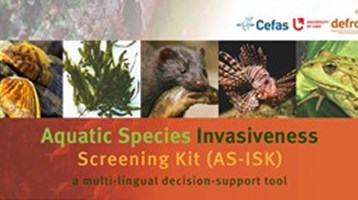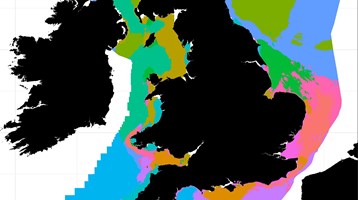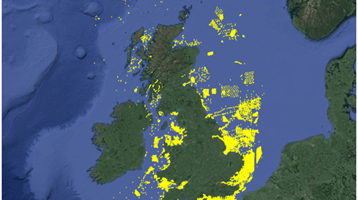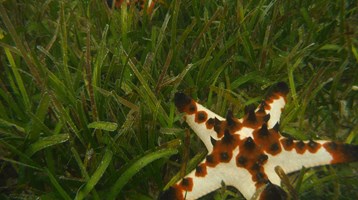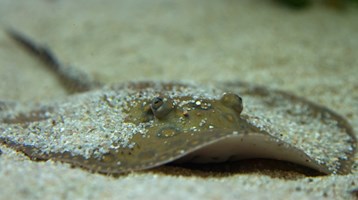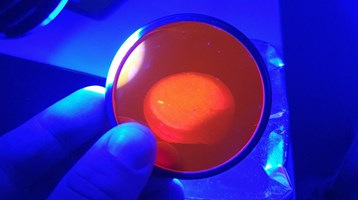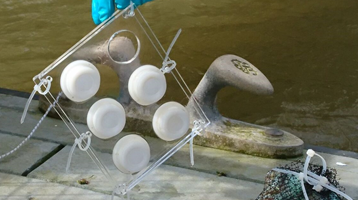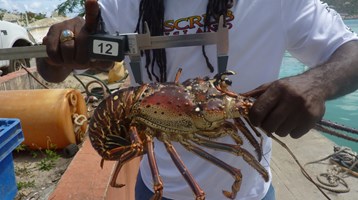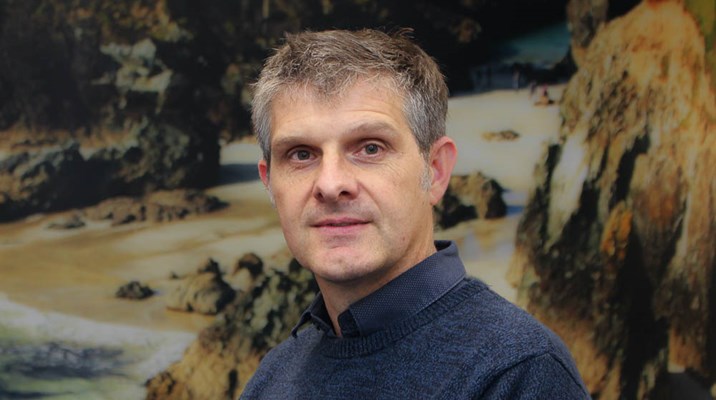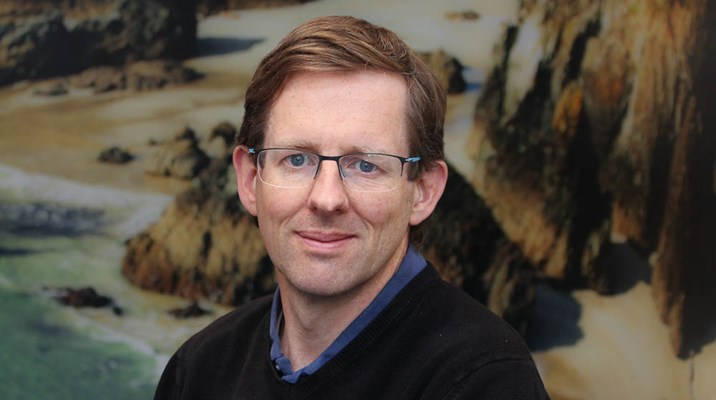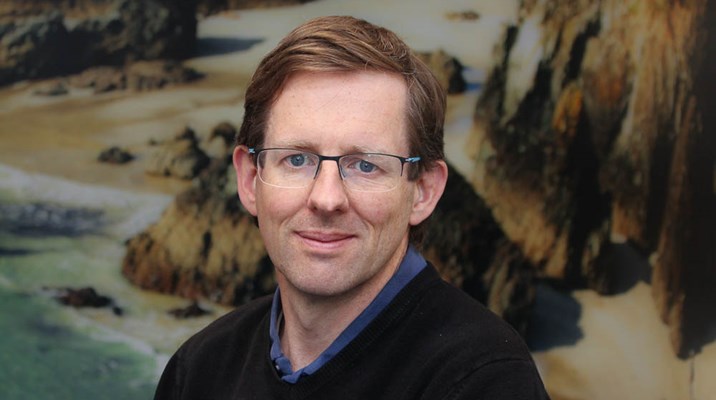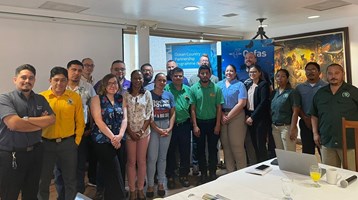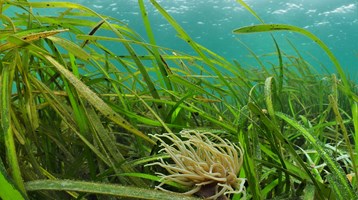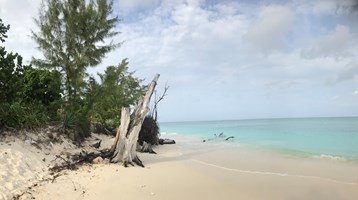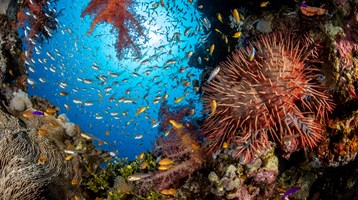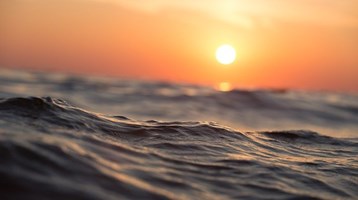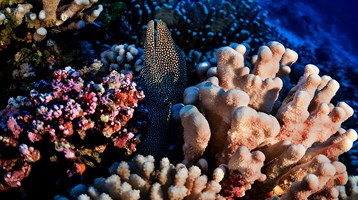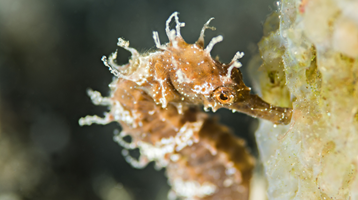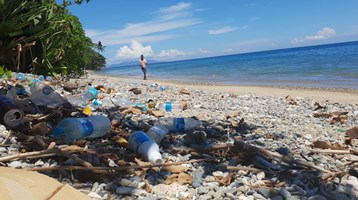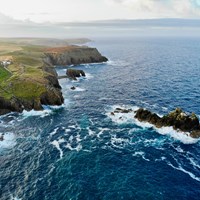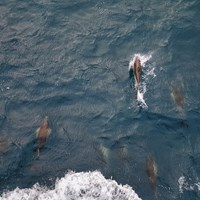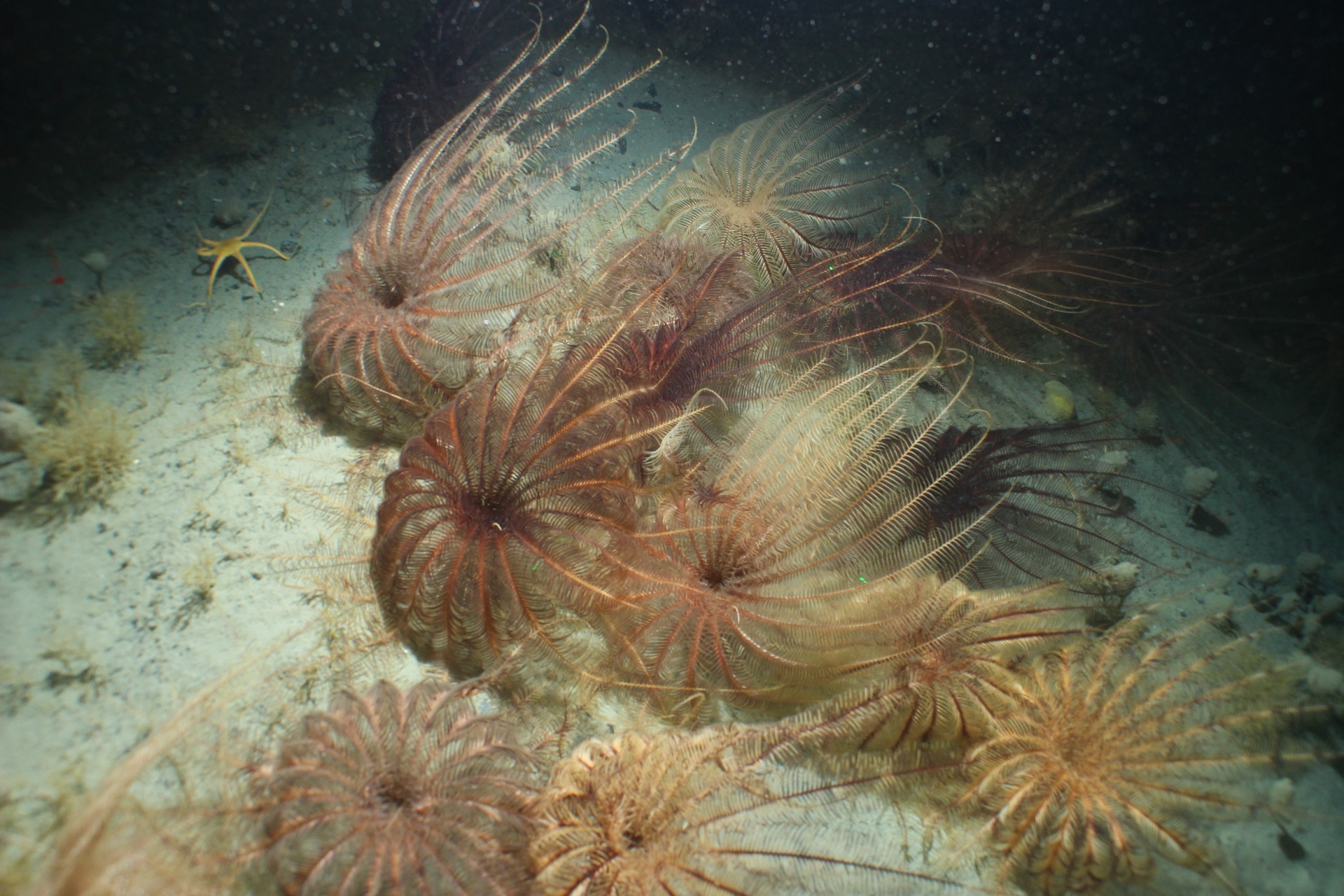
Ecosystem understanding
Understanding the roles of marine ecosystems and their functions
Marine ecosystems offer many services, including carbon storage, nutrient cycling and hydrological services. Processes such as these form the core of ecosystem dynamics and are vital ecosystem services to mankind. Thorough knowledge on how these processes work is needed to develop sustainable methods for marine ecosystem management.
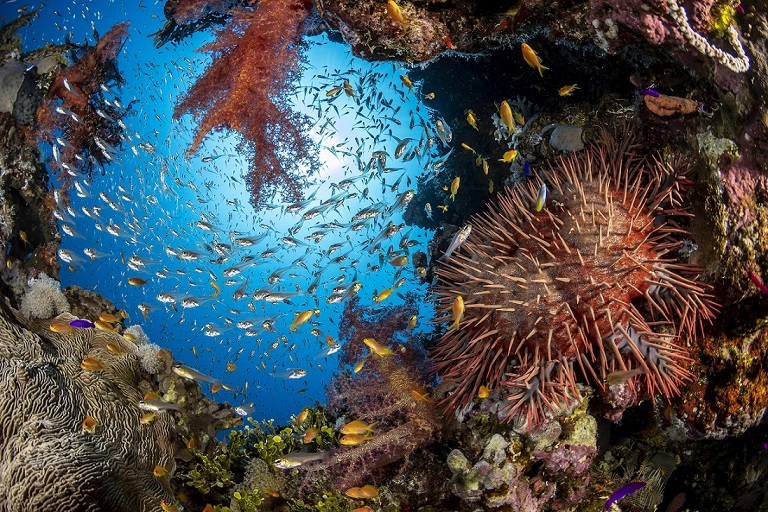
An ecosystem is made up of all of the living and non-living things in an area. An ecosystem consists of the biological community (plants, animals and microbes), and the physical and chemical factors that make up its non-living environment. The study of ecosystems mainly consists of the study of certain processes that link the living components to the non-living components. Our scientists have been working to monitor, assess and understand the many complexities within our marine ecosystem and to provide answers on how to protect and manage these systems for current and future generations. We have scientists researching biodiversity science, habitat mapping and human activities, marine ecology, noise and bioacoustics.

Our ecosystem scientists use a variety of techniques to understand the marine ecosystems. One such way is to identify key marine ecosystem connections that are susceptible to change, and to develop essential indicators of healthy, productive and biologically diverse marine seas. This improves our understanding of marine ecosystems and help the implementation of a sustainable management approach. With an understanding of the impacts of climate change and human activity on the marine environment, we can define the tools required to describe the state of the ecosystem. We can set boundaries for acceptable change which will help to avoid the irretrievable breakdown of ecosystem health.
We identify key marine ecosystem connections that are susceptible to change, and to develop essential indicators of healthy, productive and biologically diverse marine seas
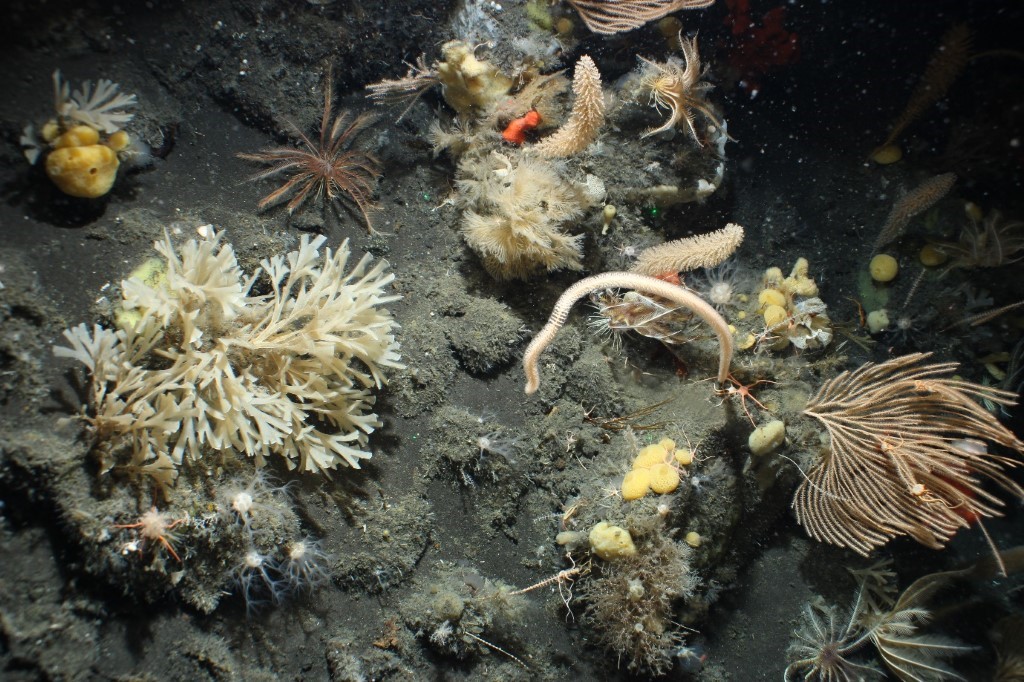
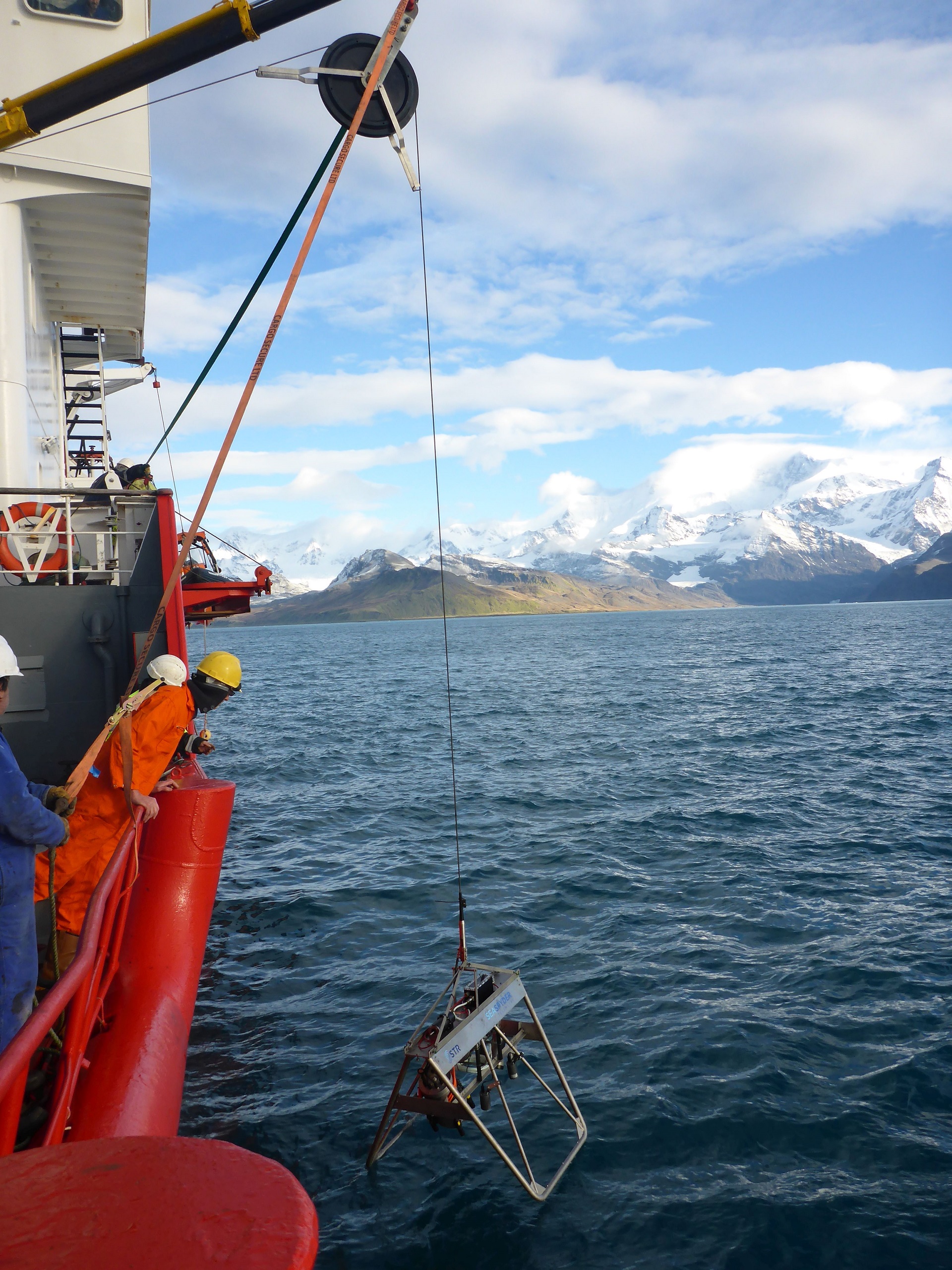
To avoid ecosystem dysfunction, we need a better understanding of connections between the physical, chemical and biological components of the ecosystem. These connections can be represented by flows of materials (nutrients) and energy through benthic (seabed) and pelagic (water column) food webs. We explore the connectivity between the nutrient flows, food webs and the impact of human activities on these ecosystem components.
To obtain the information needed to understand our ecosystem and to make a confident assessment of the state of these ecosystems we obtain information through a combination of semi-permanent in situ monitoring and research cruises. We use GIS-based, ecosystem and trophic-level models to interpret this information and a wide variety of data types including acoustic, seabed imagery, aerial photography, EO data and physical samples to create a diverse range of spatial information relating to the distribution of sediments, species and habitats.
This information gives us greater knowledge of the marine ecosystem dynamics, and how they are driven by linkages between climate forcing, hydrography, benthic & pelagic food webs and higher trophic levels or species higher up the food chain, such as fish.
Our main customer for our scientific advice is the UK government, however, our work on ecosystems is world-wide, including UK Overseas Territories, the Commonwealth and India. The team that works on understanding ecosystems brings together ecologists, geophysicists and earth observation (EO) specialists, noise and acoustic experts to map and measure marine biodiversity and human pressures.

